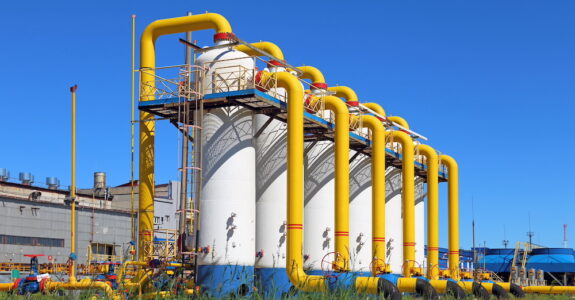
Choose Mobile Methane Emissions Monitoring for Better Accuracy and Convenience
April 12, 2022
Methane Emissions in the Spotlight
Reduction in methane emissions has been a hot topic of conversation recently, especially in the oil and gas sector. With the current push to decarbonize, and methane’s contribution to warming the planet 85 times more than CO2 over 20 years, there’s a definite push to reduce these emissions. And with potential legislation pending that would impose fees on excessive methane emissions, companies are looking for ways to measure, quantify and reduce their emissions.
Inventory Versus Emissions
There has been a push to reduce the cost of emissions reporting by using an inventory-based reporting program like the US EPA’s Greenhouse Gas Reporting Program (GHGRP) wherein companies report inventories of potentially emitting sources (equipment, components and practices) The problem with linking profit with emissions-based inventories is that it makes inventory changes profitable, not reductions in emissions. So where does that leave us at? We’re focusing on accurate emissions measurement as cornerstone of a solid methane emissions reduction strategy.
Mobile Monitoring:
Stationary leak detection equipment is able to detect the presence of a leak, but the actual location of the leak can entail more detailed efforts, to include mobilizing maintenance and testing resources and other handheld equipment. In addition to added costs, there is the increased safety risk of exposing personnel to potentially high levels of gases.
By using a mobile Continuous Emissions Monitoring System with highly sensitive analyzers a vehicle-based platform can help to alleviate the risks involved, allowing teams to track leaks to their source with comparatively little effort.
Mobile CEMS: How Does it Work?
Leaking methane is moved with the wind, mixing with the air and decreasing its concentration as it moves from its origin point. By driving through this air (and passing the analyzer through it), methane can be detected, and its levels calculated. If methane, carbon dioxide, or water vapor is both detected, the origin can be distinguished from normal background levels that may come from other sources (such as farms or landfills). The ability to collect this data over long distances from the leak origination means that there is the potential for significant time and cost savings when compared to conventional leak detection methods.
The leak detection itself is just the beginning. By combining the gathered data with a weather monitoring station, GPS and mapping software an operator can assemble a detailed report of methane sources and emission rates over a targeted area.
The Montrose Mobile Methane Solution
The Montrose Mobile Methane CEMS solution combines industry-best equipment and software in a portable package that’s air-shippable and can be installed in under an hour in most any vehicle for true mobile operation. How does it work? The Piccaro analyzer gathers the sample information. This data is combined with GPS coordinates from mapping software and wind speed and direction from an anemometer on our Magellan Weather Station, and fed into a laptop which performs the necessary analysis to provide a real-time image of the locale overlaid with details on methane concentrations and possible leak sources. This information can be used to produce detailed reports allowing the operator to take necessary measures to locate and repair any leaks.
Put this Mobile Solution to Work for Your Organization
If methane monitoring and LDAR is something your organization is concerned about, and you have questions and challenges in how you go about monitoring, addressing and reducing your emissions – we can help. With decades of experience in LDAR program strategic development, planning, sampling and all the way to testing, response and remediation, please contact us. And we’ll be happy to discuss your options and put the right technology and people to work for you.


